
It's a simple concept with the only difficult part being actually getting to the set screws. That's where the Motion Pro 90-degree Hex Driver comes into play.
With the engine warmed and idle set at about 1200 RPM, and using number two carb as a (non-adjustable) base, adjust the other three to match. I do this at idle and at a steady higher RPM, about 3000. When I'm happy with the adjustments, shut the engine down, allow it to cool a bit and remove/plug the vacuum ports. There's some good video tutorials on YouTube for more tips. Job done!


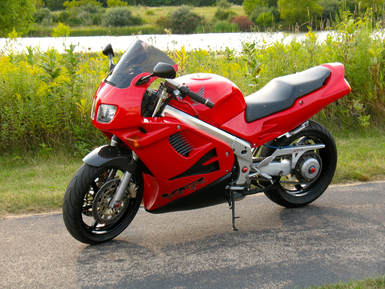










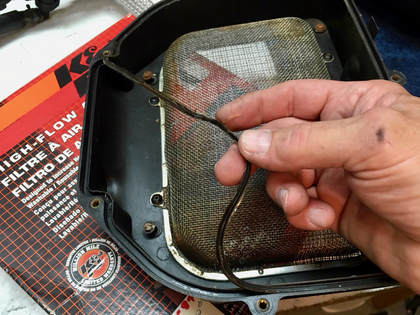
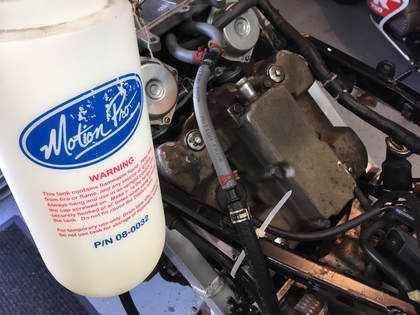
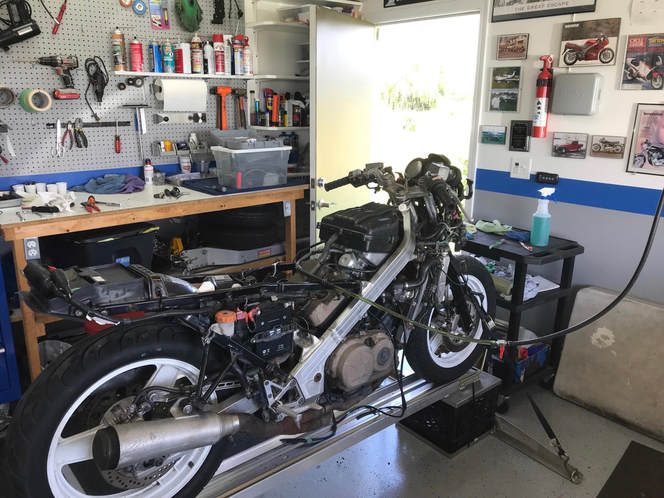
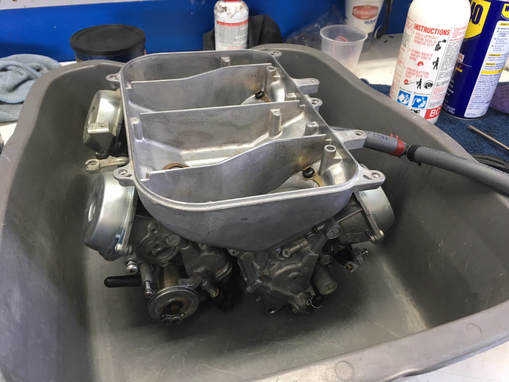
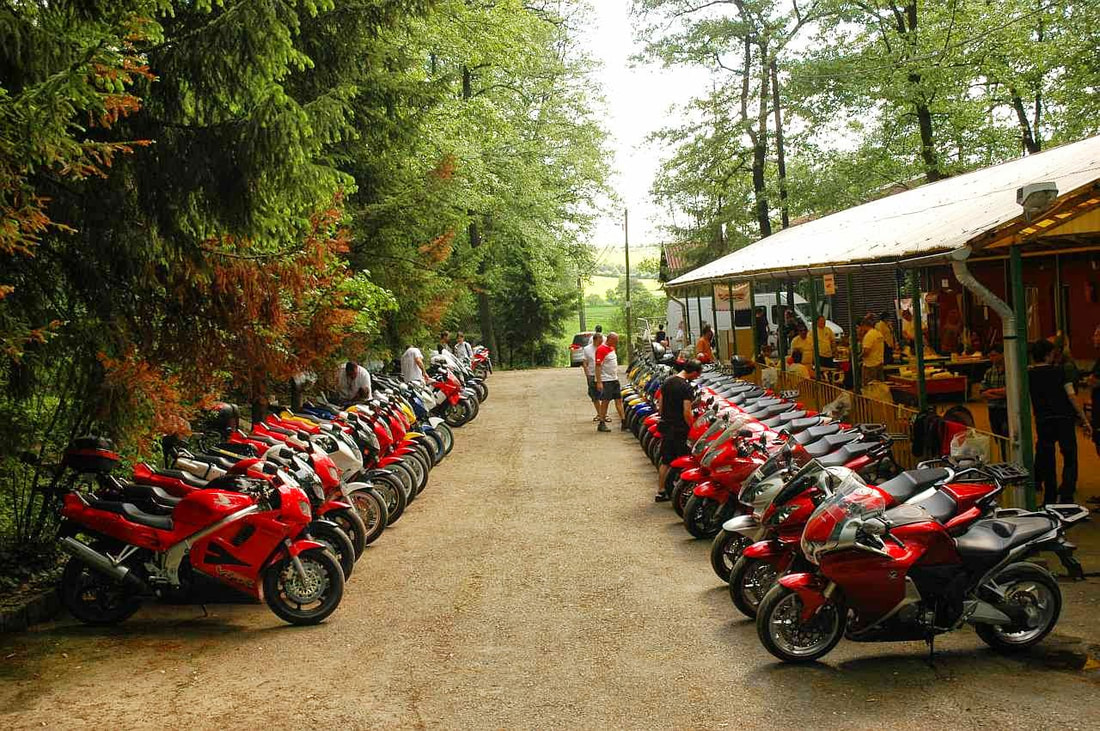
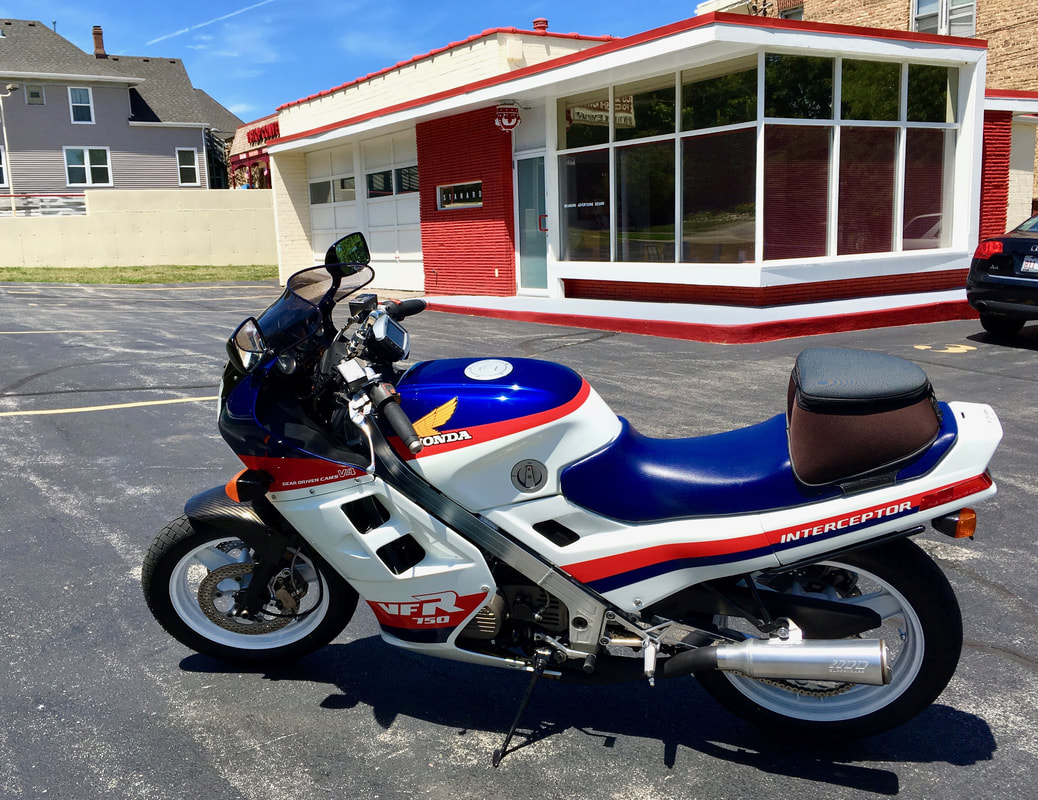


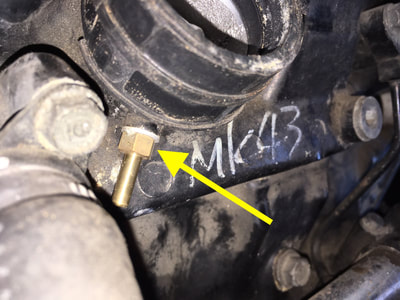
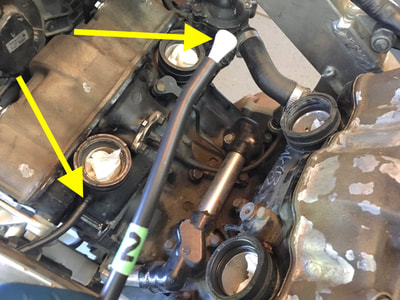






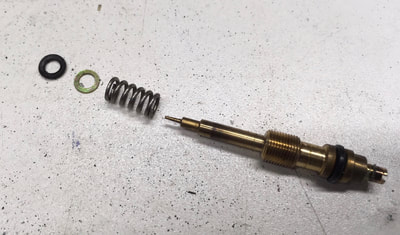
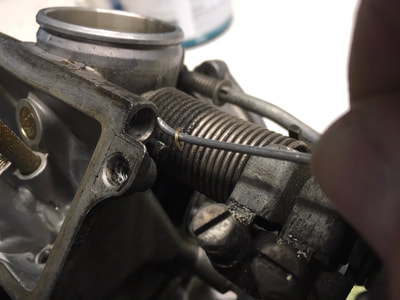

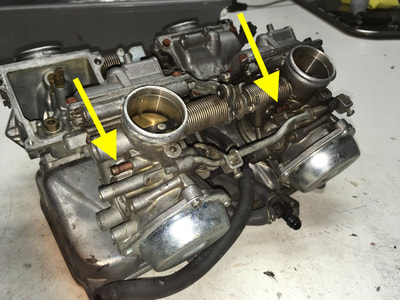
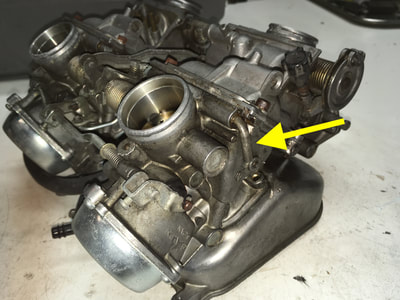






 RSS Feed
RSS Feed